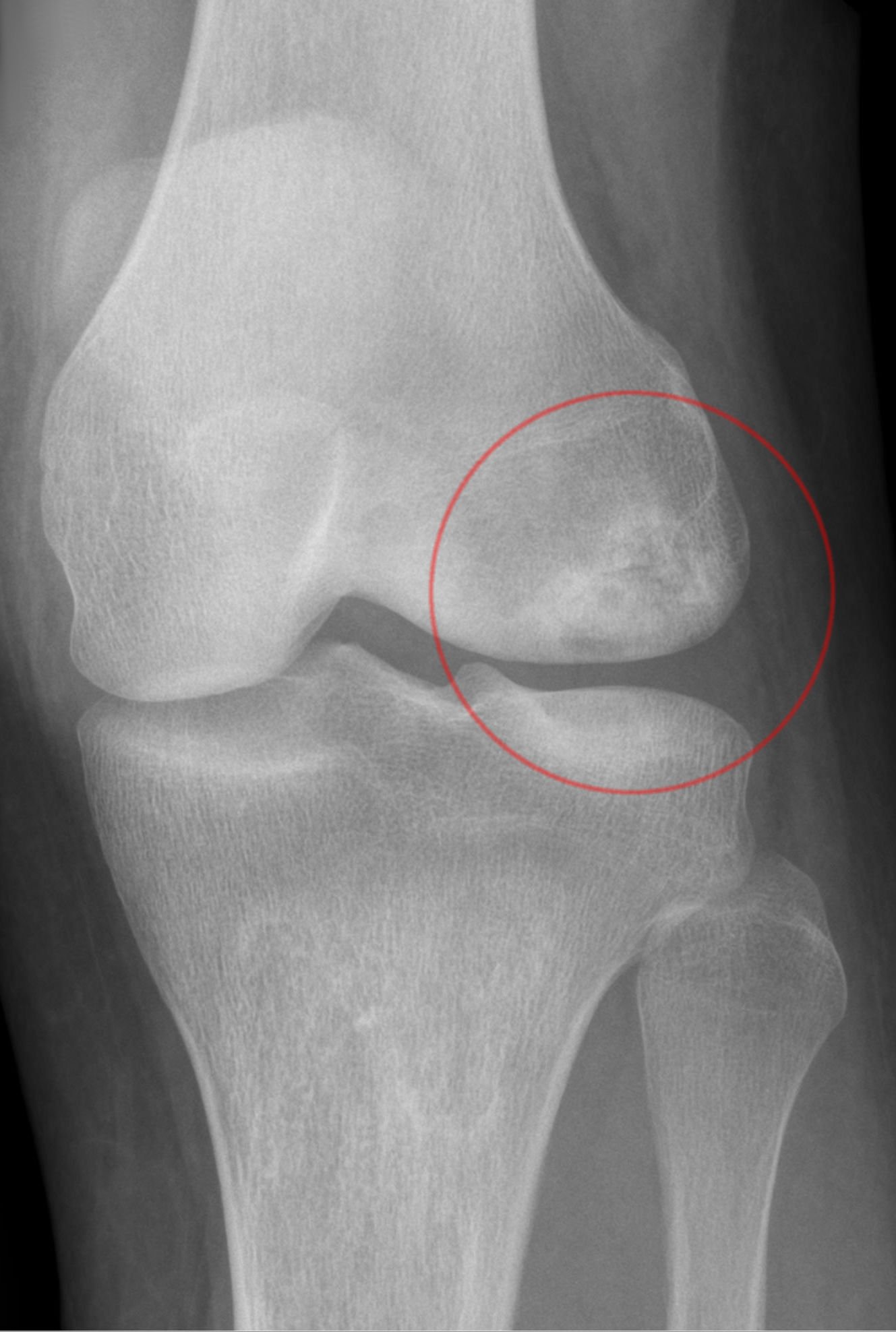

This helped to prevent the introduction of infections into open wounds. Preceding modern-day scrubs attire, Halsted implemented a no street clothes policy in his operating room, opting to wear a completely white, sterile uniform consisting of a duck suit, tennis shoes, and skullcap. Image of William Stewart Halstedīut, everything from operating room uniforms to gloves was pioneered by William Halsted.

Ernst von Bergmann also introduced the autoclave, a device used for the practice of the sterilization of surgical instruments. Lawson Tait shifted the movement then from antisepsis to asepsis, instilling practices such as a strict no-talking policy within his operating room and drastically limiting the number of people to come in contact with a patient's wound. It was not until after reading of the findings by Louis Pasteur that Joseph Lister introduced the use of carbolic acid as an antiseptic, and in doing so, reduced surgical infection rates. Despite this, many hospitals continued to practice surgery in unsanitary conditions, with some surgeons taking pride in their bloodstained operating gowns. Ignaz Semmelweis showed that hand washing prior to delivery reduced puerperal fever.

The modern concept of asepsis evolved in the 19th century through multiple individuals. The term often refers to those practices used to promote or induce asepsis in an operative field of surgery or medicine to prevent infection. Even in an aseptic state, a condition of sterile inflammation may develop. fungi, bacteria, viruses), not just those that can cause disease, putrefaction, or fermentation.
#ANOTHER NAME FOR MEDICAL ASEPSIS FREE#
Ideally, a surgical field is sterile, meaning it is free of all biological contaminants (e.g. The goal of asepsis is to eliminate infection, not to achieve sterility. The modern day notion of asepsis is derived from the older antiseptic techniques, a shift initiated by different individuals in the 19th century who introduced practices such as the sterilizing of surgical tools and the wearing of surgical gloves during operations. There are two categories of asepsis: medical and surgical. Hand scrubbing procedure for surgeryĪsepsis is the state of being free from disease-causing micro-organisms (such as pathogenic bacteria, viruses, pathogenic fungi, and parasites). For the process of achieving this state, see Sterilization (microbiology). This article is about the state of being free from pathogens.


 0 kommentar(er)
0 kommentar(er)
